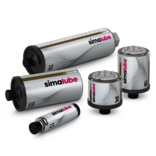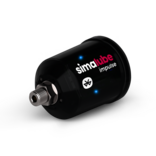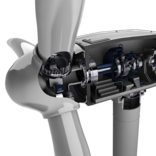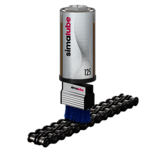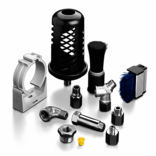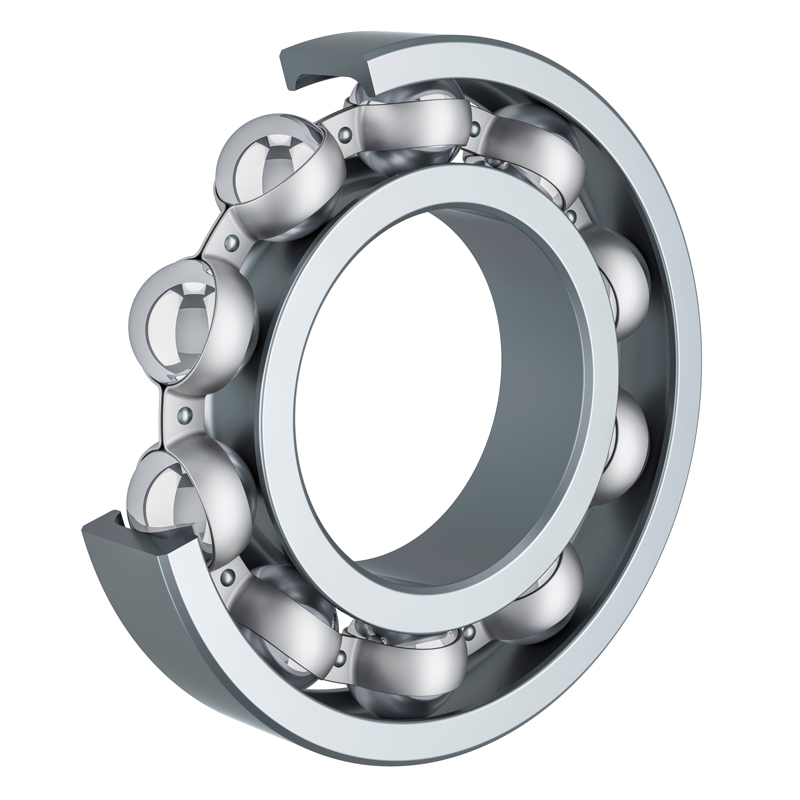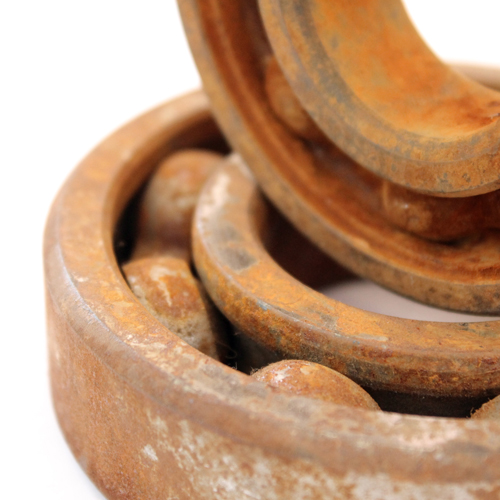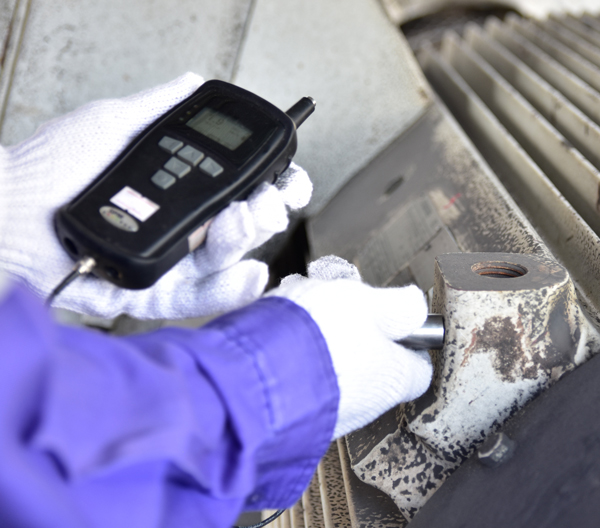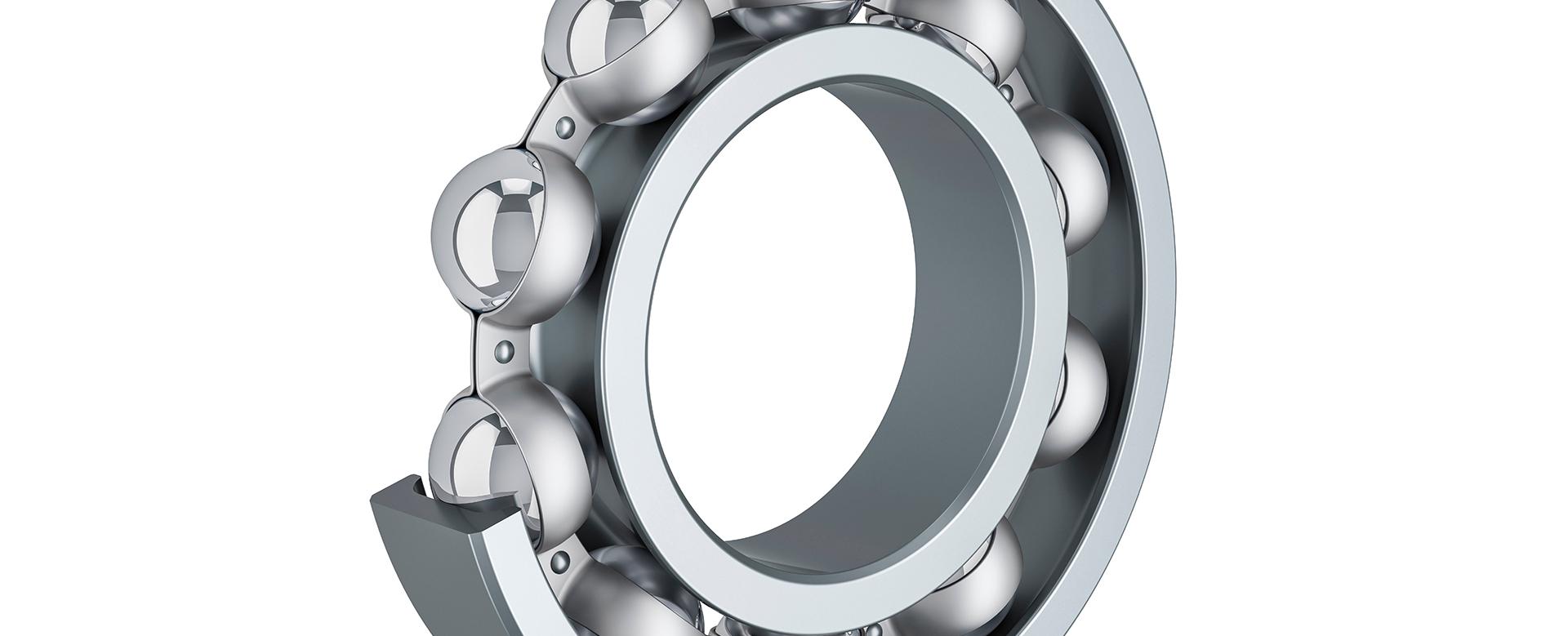
Maintenance processes for rolling bearings during operation
Smooth production operations without any downtime is the goal for every company. Small issues like a defective roller bearing can cause major problems. Are there any ways to carry out servicing on roller bearings during operation? In this article, we will show you what to look out for.
Modern production facilities that work according to the industry standard 4.0 are ready for use around the clock. This requires a trouble-free process. Malfunctions or maintenance work lead to downtimes. Moving parts in machines are particularly sensitive in production plants. At the centre of every rotating system is the bearing arrangement. Thus, the servicing of roller bearings, for example, is an important factor to enable efficient production. But how do you achieve perfect maintenance and bearing lubrication to avoid breakdowns?
The failure of a roller bearing in a complex machine can lead to the shutdown of the entire production line. For this reason, it is essential to determine the appropriate time for servicing in order to avoid costly repairs. The following questions and procedures are important to ensure that every bearing works perfectly:
- What are the signs of wear?
- How do you know when a bearing needs to be replaced?
- Maintenance plan for different roller bearings
- Strategies for an effective maintenance process
We would like to take a closer look at the individual aspects. But first we address the question:
A tiny roller bearing can cause your entire production facility to come to a standstill. To prevent this, maintenance processes for rolling bearings during operation, together with good lubrication, are a guarantee for successful production!
What are the signs of wear and tear?
If any of these phenomena occur, the bearing’s running profile may change, resulting in uneven sliding behaviour. Over time, this leads to stress concentrations in the load areas. The result is material fatigue up to complete bearing damage due to fatigue fracture. What can you do to help with early detection?
Condition monitoring through sound analysis to determine bearing wear
Ultrasound technology has proven to be an effective early warning system for detecting bearing wear. If the ultrasonic measurement level rises by 8 dB above normal, it is an indication of a lack of lubricant or the first signs of wear and tear. This continues through several warning levels up to an increased level of 35 to 50 dB above normal. If this limit value is reached, a short-term failure of the affected bearing is likely.
How do you know when a bearing needs to be replaced?
Sometimes, rinsing, blowing or cleaning the bearing and its components can prevent the need for replacement. If it turns out that bearing rings or ball are damaged, replacing the bearing is unavoidable. In any case, it is essential that the ball bearing is sufficiently lubricated.
Increased resistance when turning the bearing
In many components, precision and positioning accuracy are vital in production. If there is increased resistance when the bearing is turned during the servicing process, it should always be replaced. At the same time, the time between maintenance work must be kept to short intervals so that possible damage due to wear and tear is detected at an early stage. Regular maintenance increases the service life of the delicate ball bearings.
Maintenance plan for different roller bearings
Regular inspection is part of the maintenance plan for roller bearings in order to detect any problems in good time. Part of this maintenance includes:
- Checking the noise during operation
- Determining the bearing temperature
- Measuring vibrations
- Lubricant condition
Here is an overview of the most important maintenance tasks:
Checking the noise during operation:
An experienced employee of the company is able to detect a slight deviation from the normal operating noise using an ordinary stethoscope. This may be caused by slight damage to the raceway inside the bearing.
Determining the bearing temperature:
In many cases, touching the housing cover is enough to detect rough temperature differences. Measuring with a thermometer is more accurate. The hole can be used to refill the bearing with lubricant.
Measuring vibrations:
Vibrations are usually recognised by unusual noises during normal operation.
Lubricant condition:
Inspecting the lubricant for moisture and foreign matter during operation provides an insight into the condition of the bearing. In the event of a deviation from the normal condition of the lubricant, the roller bearing in question should undergo a closer examination.
Maintenance-free as a goal for Industry 4.0 production
Strategies for an effective maintenance process
Every piece of production equipment is subject to wear and tear and maintenance work is part of the daily routine. It is extremely annoying for the company when servicing work leads to prolonged downtime with a loss of production. Predictive maintenance is a proactive strategy that can be used to plan or even avoid downtime. The core of this strategy is the ongoing analysis of machine data. For example, the condition of a roller bearing can be used to determine when to expect part fatigue or complete breakdown.
With the help of digitally networked systems, this makes it possible to collect status information on all sensitive components in the machinery via the IoT. The aim is to carry out maintenance work continually or to find the most suitable time to stop production for a general overhaul.
What are the advantages of predictive maintenance?
From the company's point of view, proactive servicing means a lower risk of unplanned downtime. Because maintenance can be planned precisely, the working time and personnel costs are reduced. The duration of servicing is shortened because there is no need to look for a possible fault first. Using the connected company database, historical life cycles of a roller bearing, for example, can be determined and analysed.
Small things sometimes lead to major setbacks. For example, a defective roller bearing can cause your entire production to come to a standstill. Modern machinery plants based on industry standard 4.0 can no longer afford such outages. With a predictive servicing process, it is possible to detect possible production errors before they occur. Maintenance work carried out proactively ensures smooth operation and also saves costs.
Summary
Wear and tear, maintenance work and servicing processes are also part of day-to-day operations in modern production plants. The difference to before is that you do not only react when wear and tear leads to the standstill of individual machines, but rather act as proactively as possible. It is important to analyse what the signs of wear are. For example, if you know when a roller bearing needs to be replaced, you can plan the repair. Predictive maintenance is the best strategy for an effective servicing process and reduces costs for your company at the same time.
